In anticipation of the highly anticipated X-Men: Apocalypse movie, I have been revisiting the previous installments of the X-Men film franchise, reminding myself of some of the superb cinematic moments scattered throughout the series.
One, among many, that truly stands out is from the last X-Men offering, the brilliant Days of Future Past.
This ‘future’-based opening sequence is one of the best cinematic opening sequences I can think of in *any* big movie; watching Kitty, Sunspot, Blink, Warpath and Bishop taking on Sentinels reminded me of the way Revenge of the Sith opened, diving straight into the action and opening the movie in jaw-dropping, high-octane fashion. That opening action sequence is probably the very best sequence of its type in any of the X-Men films to date. While the big action pieces of X-Men 3: The Last Stand are wholly forgettable, the early DOFP sequence really does embed itself in the memory.
There are reasons for this beyond the mere surface level of superb action/effects and the great visual feast; you actually feel for these characters, not just Kitty or Iceman, but even those ‘fringe’ characters who barely have any dialogue – Blink and Sunspot in particular.
I can’t sing the praises of this opening sequence enough; if I was already excited beforehand, once the stage had been set with these opening twenty minutes or so I was already wishing for a Quicksilver-style time-out so that I could just process what I’d seen so far and brace myself for the rest of the film.
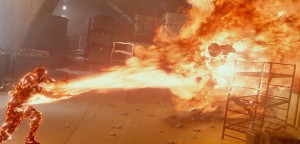
But of course this movie didn’t give us that breather; from that opening sequence onwards the film flows at a great pace, ranging from superb action sequences and intriguing (if sometimes logically questionable) plot devices to the kind of meaningful, engaging character moments that have been the X-Men comic world’s defining quality in its best eras. This early sequence, as I said, captures that bleak, Dystopian future very effectively, with its concentration camp connotations, the mass dumping of bodies, etc.
It is visually gripping and you really do feel like you’re propelled into a world without hope, a world in which all the idealism has failed and in which the great archetypal struggle is all but lost. It’s the world that Magneto always imagined an inevitability and that Charles Xavier had always been too idealistic to believe would occur.
In terms of the comic-book reference, it reminded me less of the grim future depicted in the actual 1981 ‘Days of Future Past’ Uncanny X-Men issues and more of the dire world presented in the alternate timeline of the Age of Apocalypse event in 1995 X-Men comic titles. Or the more recent world-without-hope tone and feel of the genuinely superb X-Men: Second Coming storyline.
The whole feel of this small, final rag-tag band of mutants in the future, with their backs against the wall, fighting for their survival (and the survival of the species) against the insurmountable odds and horrific, merciless machines of extermination, is visually and conceptually stunning. That whole, almost Matrix/Nebuchadnezzar-esque feel to their campaign is so far away from the almost idyllic mansion/school setting of X1 – this really is the mutant Armageddon and it feels like it. We assume, in this depicted future, that most of the faces and names we know from the X-Men world are long deceased and all that’s left is Kitty, Bobby and their tiny, though highly inventive and persevering, little team, soon joined by Professor X, Magneto, Logan and Storm.
Particularly in the final confrontation with the invading Sentinels, the heroism and the hardship really comes across powerfully as these last surviving X-Men continue to work together as a superbly inter-functioning unit in what really is ‘the last stand’ of Mutantkind (forget X3 misusing that title). It’s especially hair-raising watching these characters sacrifice themselves one by one to buy the Professor, Kitty and Logan that little bit more time, particularly Blink making sure she opens one last portal to allow Magneto to get back inside.
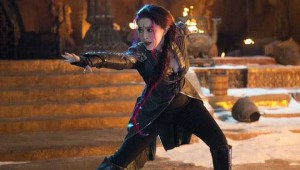
This is the arena where heroes and martyrs are made, this is the age of real heroism, where all hope is almost lost and all that’s left are these last, brave few, fighting until the bitter end.
This kind of apocalyptic, post-Holocaust mutant landscape is already familiar to readers of X-Men comics, of course, introduced in Claremont’s original aforementioned Uncanny X-Men #141, but further explored and expanded in various X-Men mythologies over the decades, encapsulating such diverse elements as Rachel Summers, Cable and Bishop, the Age of Apocalypse, the Mutant Messiah Hope Summers, etc. But for film fans the grim world depicted in DOFP is a big departure from the X-Men world they know. And even as someone already versed in those alternate futures and timelines of the X-Men comic world, this bleak future world depicted in the early scenes of this movie still made a powerful impression on me. I can still almost taste it in the air; both the smoke and sulfur and the desperation.
The deaths – even though they don’t really count once that future has been expunged by Trask’s survival in 1973 – got me in the gut, more than I would’ve thought; Blink, Sunspot and Iceman in particular. That really is testament to just how well those sequences were conceived and rendered and how sympathetically those characters were rendered even in their relatively minor roles. Like in Revenge of the Sith and the Jedi extermination montage, it’s proof that you don’t necessarily need dialogue or exposition to create a sympathetic character; it can be done purely visually, both in terms of cinematography and in terms of putting across or capturing the essence of a character or a situation through visual nuances alone.
You can care about Blink, for example, without her uttering a single word and without knowing anything about her (as would be the case for most of the cinema audience). Blink was actually one of the things I was concerned about beforehand, but her interpretation in this film was wonderful.
Almost like a silent movie or an impressionistic painting, parts of these sequences are like vast impressionistic and emotive assaults on the senses.
Not only does this sequence stand as one of the finest in the X-Men film franchise, but is one of the greatest opening sequences of any film. I look forward to seeing whether X-Men: Apocalypse can produce anything to match this.

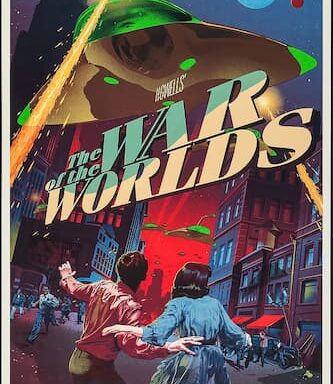
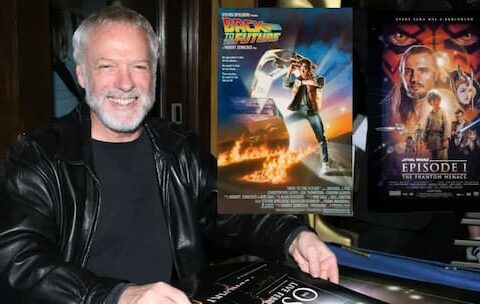
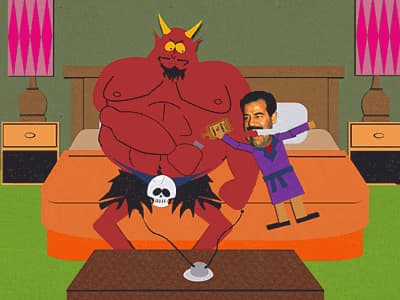
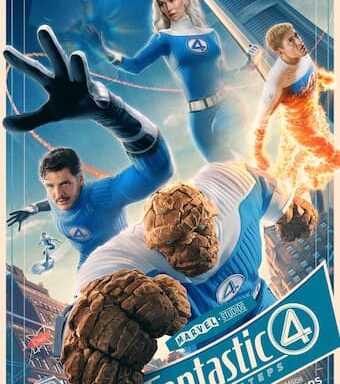
Really enjoyed reading this, do you ever post on any movie sites? 🙂
I haven’t posed on movie sites, no. I would probably like to – it’s something I’ve been thinking about.
I’ve been checking out your site though – it looks really good for content.
Cool! Well if you are interested I would love to help you get seen on Moviepilot. Get in touch! samuel.harries@moviepilot.com
ps. Thanks so much! 😀